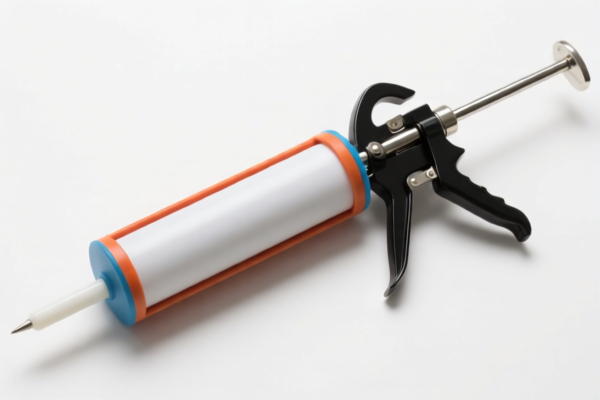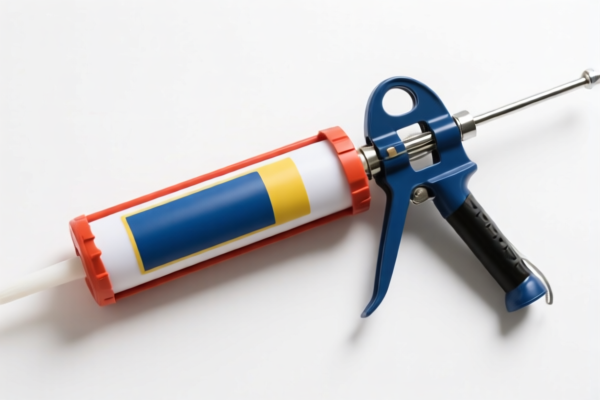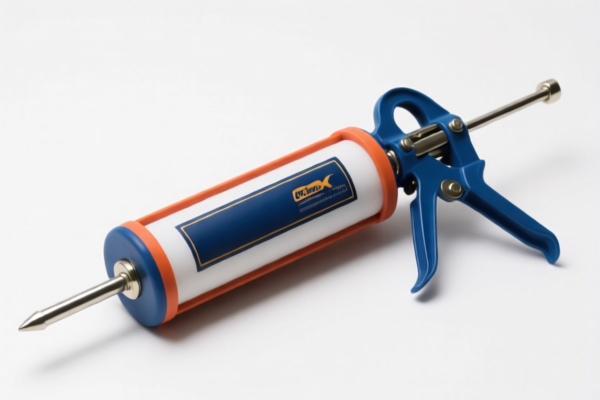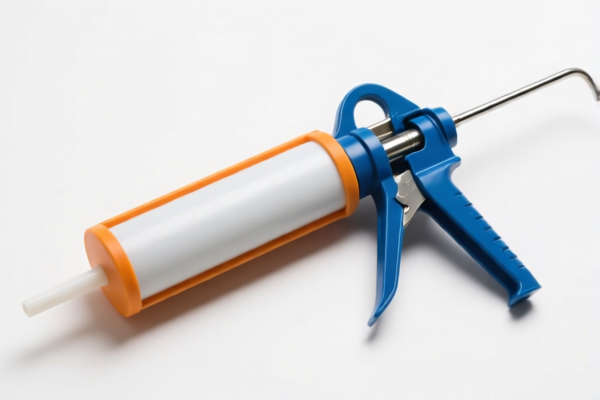| HS Code | Official Doc | Tariff Rate | Origin | Destination | Effective Date |
|---|---|---|---|---|---|
| 8424899000 | Doc | 56.8% | CN | US | 2025-05-12 |
| 8424820090 | Doc | 57.4% | CN | US | 2025-05-12 |
| 8479810000 | Doc | 55.0% | CN | US | 2025-05-12 |




HS Code Classification for CAULKING MACHINE
Based on the provided reference data, here's a breakdown of potential HS codes for a "CAULKING MACHINE", along with explanations and considerations:
1. 8424.89.90.00 – Other appliances
- Chapter 84: Mechanical appliances. This is the primary chapter for machines like caulking machines.
- 8424: Specifically covers appliances for projecting, dispersing or spraying liquids or powders; fire extinguishers; spray guns; steam or sand blasting machines. Caulking machines can fall under this if they primarily function by projecting sealant.
- 8424.89: Other appliances within this category.
- 8424.89.90: Further specifies "Other" appliances not elsewhere specified.
- Tax Rate: Base Tariff: 1.8%, Additional Tariff: 25.0%, Post 2025.4.2: 30.0%, Total: 56.8%
- Considerations: This is a broad category. If the machine has specialized functions beyond simple sealant projection, other codes might be more appropriate.
2. 8424.82.00.90 – Agricultural or horticultural
- Chapter 84: Mechanical appliances.
- 8424: Appliances for projecting, dispersing or spraying liquids or powders.
- 8424.82: Specifically for agricultural or horticultural applications.
- 8424.82.00.90: Other agricultural or horticultural appliances.
- Tax Rate: Base Tariff: 2.4%, Additional Tariff: 25.0%, Post 2025.4.2: 30.0%, Total: 57.4%
- Considerations: This code applies only if the caulking machine is specifically designed for use in agriculture (e.g., sealing greenhouses) or horticulture.
3. 8479.81.00.00 – For treating metal, including electric wire coil-winders
- Chapter 84: Machines and mechanical appliances.
- 8479: Machines having individual functions, not specified elsewhere.
- 8479.81: Specifically for treating metal.
- 8479.81.00.00: Other machines for treating metal.
- Tax Rate: Base Tariff: 0.0%, Additional Tariff: 25.0%, Post 2025.4.2: 30.0%, Total: 55.0%
- Considerations: If the caulking machine is used specifically for sealing metal structures (e.g., in metal fabrication), this code could be applicable.
Important Notes & Recommendations:
- Machine Function: The primary function of the caulking machine is crucial for accurate classification.
- Material & Application: The type of sealant used (e.g., silicone, polyurethane) and the intended application (e.g., construction, automotive, metalworking) will influence the correct HS code.
- Detailed Specification: Provide a detailed product specification sheet, including technical drawings and a description of its functions.
- Customs Ruling: For complex cases, consider obtaining a binding customs ruling from the relevant customs authority to ensure accurate classification and avoid potential issues during import.
- Post 2025.4.2 Tariff Changes: Be aware of the tariff changes scheduled for April 2, 2025, as the additional tariff will increase from 25% to 30% for many products.
- Certification: Depending on the application, certain certifications (e.g., safety standards) may be required for import. Check the specific requirements for your destination country.
- Single Declaration: Ensure the declared HS code accurately reflects the product's characteristics to avoid penalties and delays.
Customer Reviews
The note about getting a customs ruling was a great addition. I hadn’t considered that before, but it’s definitely something I’ll look into now.
The images were a nice touch, and the breakdown of the HS codes made it easier to compare the different options available for my product.
I found the part about the 8479.81.00.00 code really useful. It helped me understand the alternative options for metal-related caulking machines.
The information is good, but I wish there were more examples of how to determine the primary function of the machine for classification.
The explanation of HS Code 8424.82.00.90 was clear and made me realize the importance of knowing the specific use of the machine for classification.